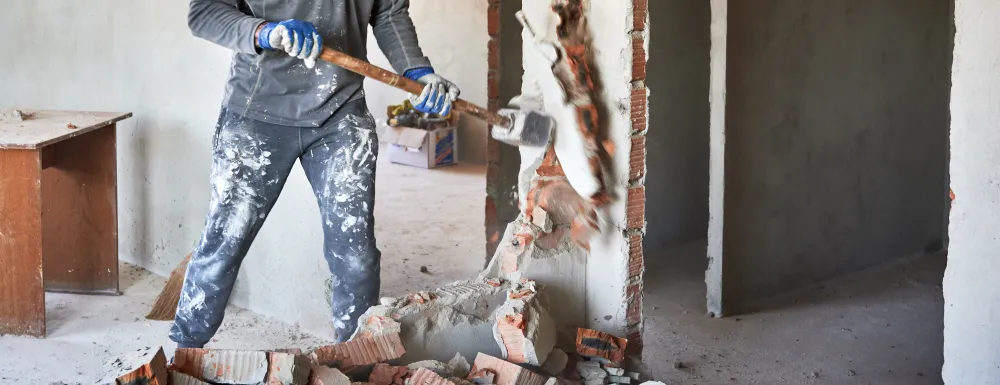
Deconstruction
The City of Santa Barbara’s – Sustainability & Resilience Department is committed to reducing waste and promoting resource conservation. Deconstruction offers a sustainable alternative to traditional demolition.
What is deconstruction?
Unlike demolition, which uses heavy machinery to crush and tear apart buildings, deconstruction involves carefully disassembling buildings by hand to salvage the maximum economic and environmental value of materials through reuse and recycling.
Benefits of deconstruction over demolition
Reduces waste: Deconstruction allows wood and other materials to be salvaged and reused for new construction or renovation projects.
Reduces greenhouse gas emissions: Deconstruction reduces landfill waste and decreases the need to manufacture new materials, which helps lower greenhouse gas emissions.
Much of the City's landfill waste comes from constructing, renovating, and demolishing homes and commercial buildings. When demolished, a typical 2,000-square-foot house produces around 240 cubic yards of debris. Much of this waste includes materials that could be reused instead of being discarded.
While not widely adopted, interest in deconstruction is growing. In Montecito, the Miramar Hotel tile reuse project contributed a significant number of its iconic blue roof tiles to local affordable housing initiatives. Portland (OR) led the way in 2016 by becoming the first city to mandate deconstruction for single-family homes built before 1940 that are set for removal, inspiring at least six other cities to implement similar policies. Palo Alto (CA) takes it a step further, requiring deconstruction for all residential and commercial buildings, regardless of age. Meanwhile, Boulder (CO) enforces a rule that 75 percent of building materials, by weight, must be diverted from landfills.
